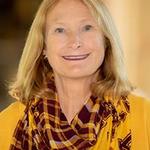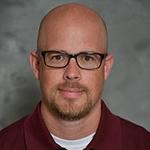
We are the difference in college education
Here at the University of Minnesota Crookston, we take great pride in providing a world-class education in our friendly, close-knit campus setting. Our talented and supportive faculty members not only serve as teachers and facilitators, they also provide the kind of professional advising and mentorship that makes all the difference in your college experience. Our helpful and caring staff members play a huge role in student success. Personal attention and the University of Minnesota brand of excellence are hallmarks of our campus.
Still contemplating if higher ed is right for you?
Campus Update eNewsletter
The Crookston Campus Update enewsletter includes news from Chancellor Mary Holz-Clause as well as featured events and activities, accolades, campus-community activities, and student stories.


